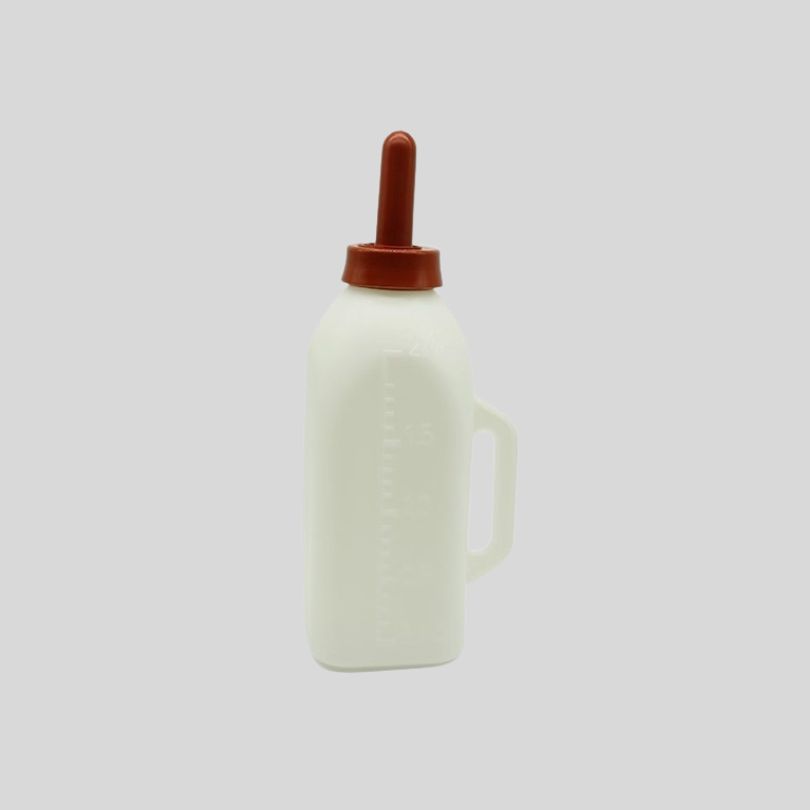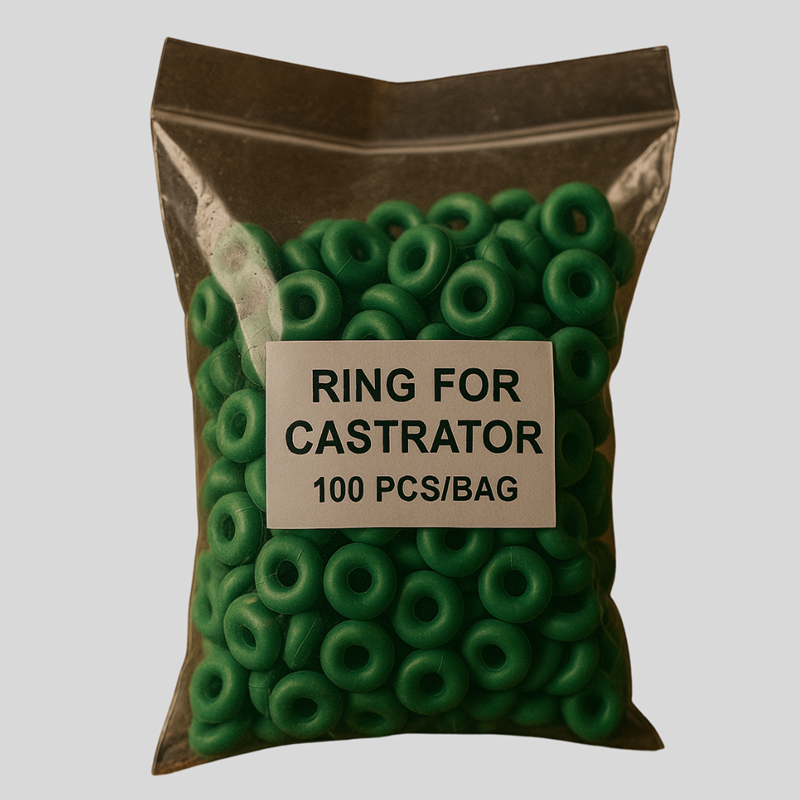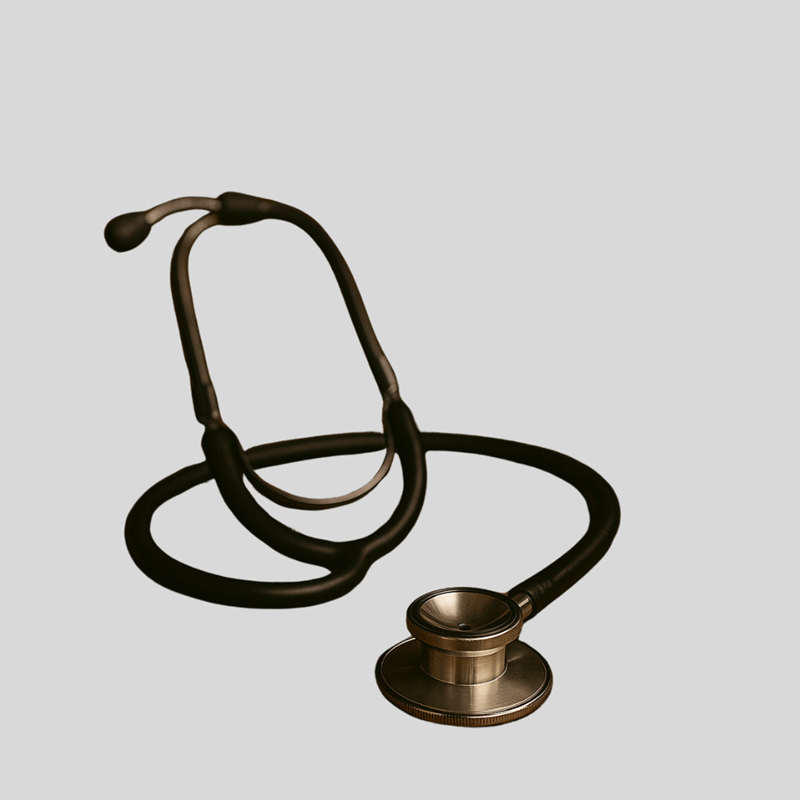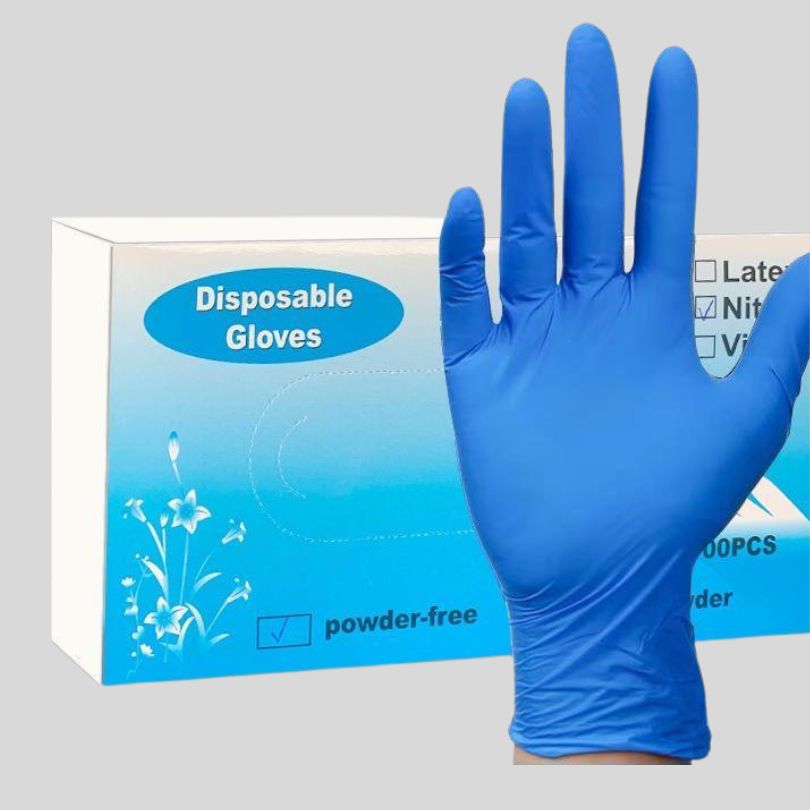Description
A milk bottle is a container specifically designed for the storage, transportation, and distribution of milk, one of the most widely consumed agricultural dairy products globally. Traditionally made from glass and now more commonly produced using plastic or carton-based materials, milk bottles play a critical role in preserving the quality, freshness, and safety of milk from the time it leaves the dairy farm until it reaches the consumer.
In the agricultural and dairy industries, milk is collected from cows, goats, or other milk-producing animals and then processed—typically through pasteurization, homogenization, and sometimes fortification with vitamins. Once processed, the milk is packaged into bottles under sterile conditions to maintain hygiene and extend shelf life. These bottles are then labeled with important information, including the type of milk (whole, skimmed, low-fat, or flavored), nutritional content, production and expiration dates, and storage instructions.
There are several types of milk bottles used depending on regional practices, consumer preferences, and environmental considerations:
Glass Milk Bottles: These were traditionally used for home milk delivery and are still favored in some areas for their reusability, non-reactivity, and ability to keep milk colder for longer. They are environmentally friendly but heavier and more fragile.
Plastic Milk Bottles: Made from high-density polyethylene (HDPE), these are lightweight, shatterproof, and cost-effective. They are widely used in commercial milk distribution due to their durability and convenience. Many are recyclable, though their environmental impact depends on local recycling systems.
Carton Milk Containers: Often made from paperboard lined with plastic or aluminum, these are commonly used for UHT (ultra-high temperature) milk, which has a longer shelf life and doesn’t require refrigeration before opening. They are popular in many parts of the world due to their portability and stackability.
Milk bottles are designed with user-friendly features such as screw caps, tamper-evident seals, and ergonomic shapes for easy pouring and storage. Some also come with UV-blocking features to prevent spoilage caused by light exposure, especially in transparent bottles.
Beyond their functional use, milk bottles also serve marketing and branding purposes. Dairy companies use the bottle design, labeling, and packaging color to convey freshness, quality, and brand identity. Increasingly, sustainability is also a concern, with many producers shifting toward biodegradable materials or promoting the return-and-reuse model, particularly for glass bottles.
In summary, a milk bottle is more than just a container—it is a vital link in the dairy supply chain that ensures milk remains fresh, safe, and accessible to consumers. It reflects advancements in food safety, packaging technology, and sustainable practices within the agricultural industry.




